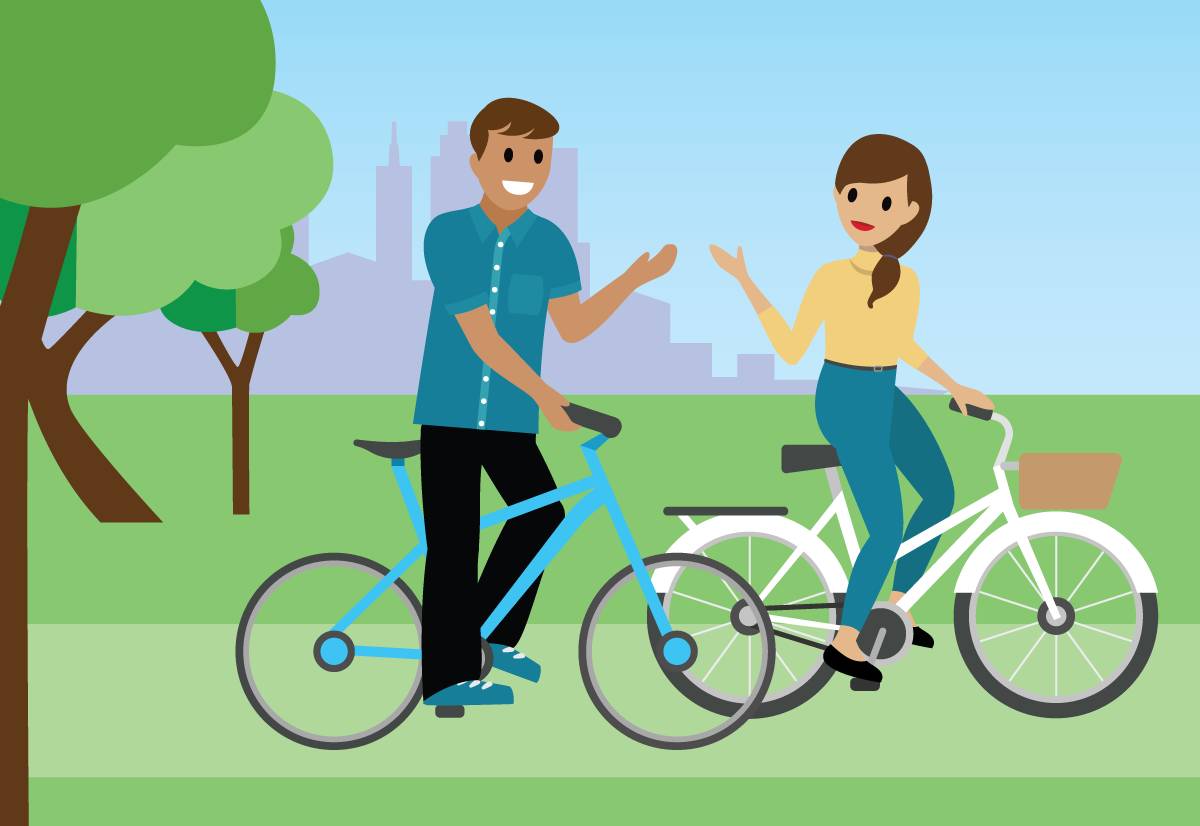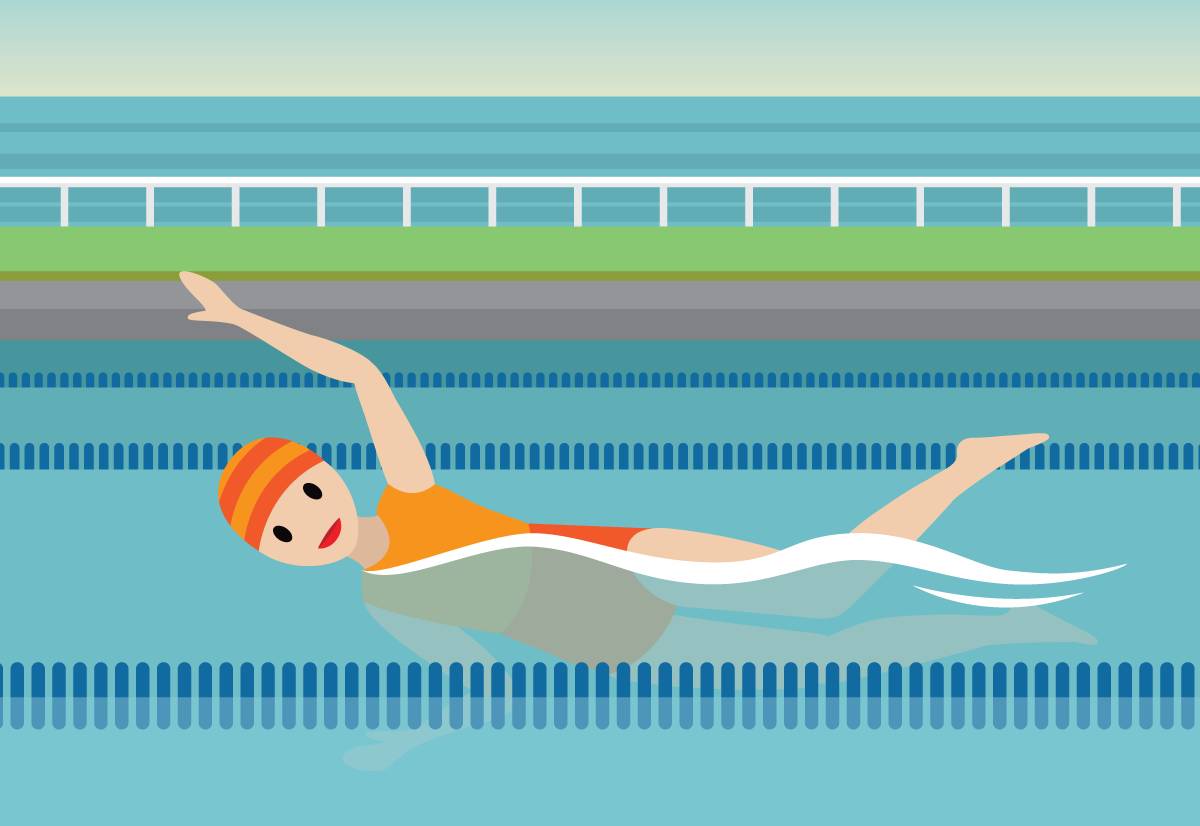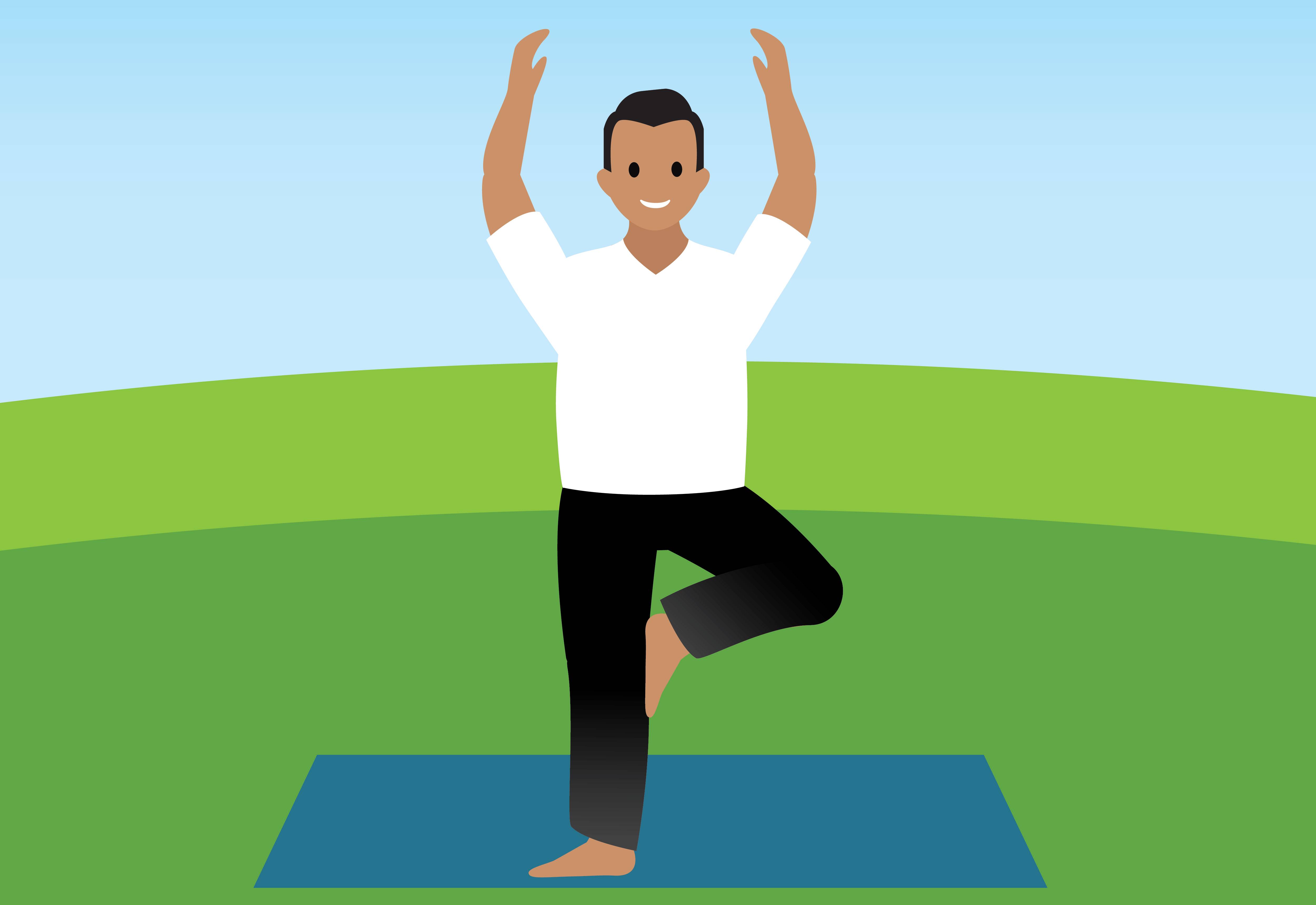Explore Different Types of Movement
Learning Objectives
After completing this unit, you’ll be able to:
- Identify how much physical activity you need.
- Describe the benefits of doing different types of movement.
- Explain high-intensity interval training (HIIT).
How Much Physical Activity Do You Need?
It’s no secret that physical activity is beneficial for your health and wellbeing. But how much do you really need? The World Health Organization (WHO) recommends adults aged 18–64 get at least:
- Two or more days of muscle-strengthening activities such as weightlifting or body weight exercises involving your major muscle groups per week, and
- 150 minutes of moderate-intensity aerobic physical activity such as brisk walking, gardening, or dancing per week, or 75 minutes of vigorous-intensity aerobic physical activity such as running, competitive sports, or swimming laps per week, or an equivalent combination of both for baseline health
Remember global recommendations for physical activity vary by age. Check out the recommended physical activity for children and adolescents and adults at the World Health Organization.
How can you tell the difference between moderate- and vigorous-intensity? Try the talk test. It’s a quick and easy way to measure how hard you’re working. If you can talk but can’t sing while doing your activity, you’re getting moderate-intensity aerobic activity. If you can only say a few words while doing your activity, you’re getting vigorous-intensity activity.

Find Your Fit
Tired of the same fitness routine? It’s easy to get stuck in a rut when you’re doing the same thing over and over. You can also be missing out on some benefits. It’s important to mix it up and try different types of movement, including aerobic, strength, balance, and flexibility.
This keeps things interesting, and it ensures you’re engaging a variety of muscle groups. Let’s dive deeper into the different types.
Aerobic
Aerobic or cardio activities, like walking, jogging, swimming, cycling, arm cycling, and more are good for your heart and lungs. They elevate your heart rate and make you breathe harder. According to Medical News Today aerobic activities can:
- Boost endurance (how long you can engage in an exercise).
- Reduce the risk of heart disease and cardiovascular conditions.
- Improve sleep.
- Increase blood flow in the muscles.
- Improve oxygen transport throughout your body.

Strength
Strength activities, like weight lifting and bodyweight exercises, make your muscles stronger and support your bones. And it’s not just about boosting your muscles, U.S. News says strength activities can:
- Help control blood sugar levels.
- Lower abdominal fat.
- Improve mental wellbeing.
- Reduce the risk of cancer.
- Improve flexibility and mobility.
Not sure where to start? Try these basic strength moves. If you have limited mobility, there’s a wide range of adaptive activities you can do. Check out the resources section for more information. Remember to always consult your doctor before beginning any fitness program.

Balance and Flexibility
Balance and flexibility activities strengthen and stretch the muscles. These include pilates, ballet exercises, and more. They can also help improve posture, prevent injuries, boost circulation, and enhance functional movement.
Some balance and flexibility activities, like yoga and Tai Chi, focus more on balance than others. Harvard Health mentions that they can also help prevent falls.

Plus yoga can be a great stress reliever. Studies like the one in Indian Journal of Psychiatry show that yoga can reduce cortisol (the stress hormone) levels in the body—yet another reason to hit the yoga mat! Whether you’re a regular yogi or just getting started, check out the Camp B-Well Studio for a couple of 15-minute sessions.
Camp B-Well Studio: Yoga Exercises
Beginner Yoga
A beginner Vinyasa yoga sequence helps promote clarity of mind by first calming your body.
Intermediate Yoga
An intermediate Vinyasa yoga sequence gets your blood flowing, calms your mind, and provides mental clarity.
Which Exercise Do I Choose?
So which is better? Aerobic or strength? Balance or flexibility? It depends on your fitness and wellbeing goals. In order to get the most out of your movement, it’s best to get a combination of all four types.
What’s the Deal with HIIT?
Crunched for time? Or just looking to boost your fitness? High Intensity Interval Training (HIIT) may be the right workout for you. It’s a total body workout in 30 minutes or less.
A typical HIIT workout starts with a warm-up, followed by short bursts of intense activity, and low-intensity recovery periods. It can be applied to both cardio and strength activities. But keep in mind that HIIT is pretty challenging. Consider scheduling an appointment with a certified fitness trainer or instructor to learn proper form first. Plus give yourself plenty of rest and recovery time.
Remember that you don’t have to be totally sedentary on rest days. Try foam rolling, gentle yoga, or light cardio for active recovery. It will help prevent injuries and give tired muscles some love (Self).
Let’s Sum It Up
Finding the motivation for physical activity can be challenging. That’s why it’s important to explore different types of movement and find what’s fun for you. In the next unit, we learn about the health risks of being sedentary and how to move more during the day.
Resources
- Global recommendations on physical activity for health World Health Organization
- The 4 most important types of exercise Harvard Health
- Exercise: Health benefits, types, how it works Medical News Today
- 11 Benefits of Strength Training US News
- The 5 Best Strength Training Exercises for Beginners Aaptiv
- Cortisol and antidepressant effects of yoga Indian Journal of Psychiatry
- Is high-intensity interval training a time-efficient exercise strategy to improve health and fitness? Applied Physiology, Nutrition, and Metabolism
- Shorter, high-intensity workouts offer the same benefits as longer, moderate ones Business Insider
- 11 of the Best Activities to Do on Active Recovery Days Self
- International Organisations of Sports for the Disabled
- American Association of Adapted Sports Programs
